در حال حاضر محصولی در سبد خرید شما وجود ندارد.
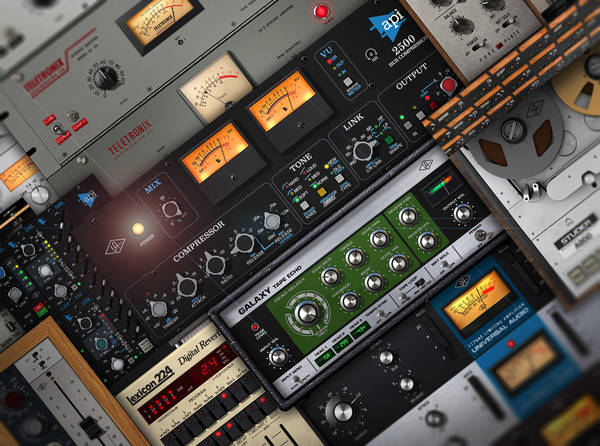
The UAD Spark collection contains everything you need to successfully mix your song with incredible quality. In this UAD Spark video tutorial series, studio wizard Thomas Cochran takes you step-by-step through a song mixed entirely with UAD Spark plugins. You'll learn specific techniques for dealing with each instrument and hear each with audio examples throughout, so you can apply the same concepts in your own productions. These videos are for new UAD Spark users.
After welcoming you to the course, Thomas begins by focusing on an acoustic guitar, applying tape emulation, EQ, and other processes to get it in shape for the final mix. The lead vocals come next, and Thomas makes use of preamp emulation, compression, stereo delays, and reverb. This is followed by the background vocals, where you'll learn how to process them to fit behind the lead vocal, including an artificial double tracking trick using the Haas effect.
Next up, explore ways to tackle the kick and snare, as Thomas makes use of gates and the API Vision channel strip to sculpt their tone. Discover how the same tools can be used on the hats and overheads to tweak the attack without the need for a transient shaper or compression.
Throughout the rest of the course, Thomas covers much more, including the main guitars (adding clarity, width, punch, and brightness), upright bass (compression/EQ settings for adding groove), guitar solo (adding flavor with tape distortion and delay), percussion (adding control without losing dynamics), piano (to provide ambiance), and more!
For a better idea of what each video contains, and how they can help you create a solid, well-rounded mix, check out the video descriptions below. UAD has given you all the tools you need to create a stunning mix; now you just need to learn how to use them ... watch "Mixing with UAD Spark" now!
There are many things our users love about Groove3, but a couple always stand out at the top when asked why people choose us as their learning resource.
We meticulously craft professional quality tutorials that are thoughtful, informative and done with attention to detail. We stand behind our products with a 100% satisfaction guarantee and are trusted by 1000s of users every day.
Our library brings over 1700 hours of quality instruction to you fingertips and we release new content every week. Don't waste your valuable time scouring the web for information you may never find or is cumbersome to use and potentially can't be trusted.
I had hoped to learn a lot about UAD Spark. Instead, I learned how to mix a track so the drums become the featured instrument in a track and everything else becomes secondary. Especially the vocal. I learned virtually nothing about UAD Spark. Almost everything was done with the LA2A and the API channel strip. So sorry I could not give this a great review as I am a huge fan of Groove3 training.
I am a: Professional, Musician, Audio Engineer, Logic Pro, Pro Tools, Studio One
Mostly came to check out how UAD stacks up against some of the other hardware emulations I have, like IK and iZotope. Unfortunately, there is no exaggerated compressor applications. Once maybe, the LA2A gets pushed a bit, although most other applications are only 2 db of compression. Once the 1176 gets used on the bass drum. Thomas Cochran seems to steer away from the gate in the API channel strip and opts for the DAW's; kinda leaves me scratching my head; and also uses the stock gate for transient highlight. As well, there are some applications where he also just reaches for the DAW's EQ, likely for parametric accuracy, although, the Hitsville EQ might have been an optimal choice given the tutorial title. The mixed tracked is kinda played out for me at this point, as this is probably the 3rd time I've heard it mixed. I don't remember seeing him use the Pultec.
Information is super helpful and not only about UAD Spark. There are general mixing tips that are explained well with good examples.
I am a: Professional, Audio Engineer, Sound Designer, Logic Pro, Pro Tools
در این روش نیاز به افزودن محصول به سبد خرید و تکمیل اطلاعات نیست و شما پس از وارد کردن ایمیل خود و طی کردن مراحل پرداخت لینک های دریافت محصولات را در ایمیل خود دریافت خواهید کرد.


Yum Audio Effects Explained®
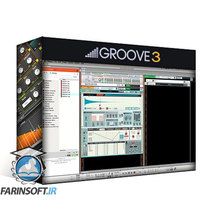
آموزش موزیک سازی کامپیوتری ( Synthesizer ) بوسیله Reason Grain

Pro Tools Intro: Getting Started
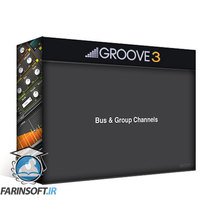
فیلم یادگیری عبارات و واژگان DAW

EMPIRE BREAKS Explained®

استفاده از نرم افزار Reason به عنوان یک پلاگین
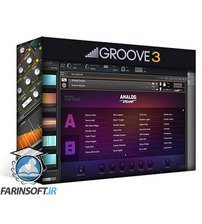
آموزش کامل نرم افزار صوتی KONTAKT 6

Wavesfactory: Creative Mixing & Sound Design
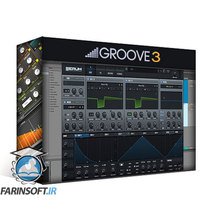
آموزش ساخت موزیک های قدیمی بوسیله نرم افزار Serum

آموزش ساخت موزیک های Drum به صورت کامپیوتری
✨ تا ۷۰% تخفیف با شارژ کیف پول 🎁
مشاهده پلن ها